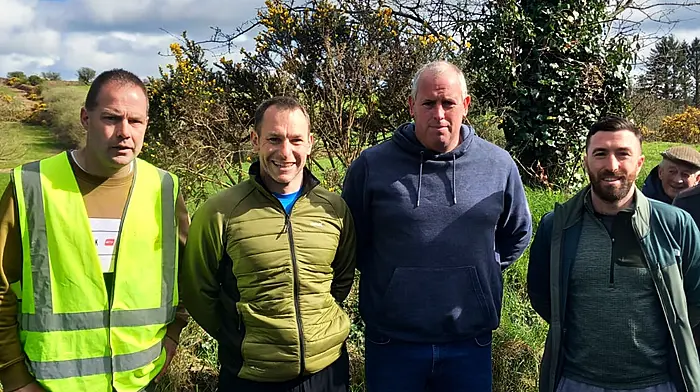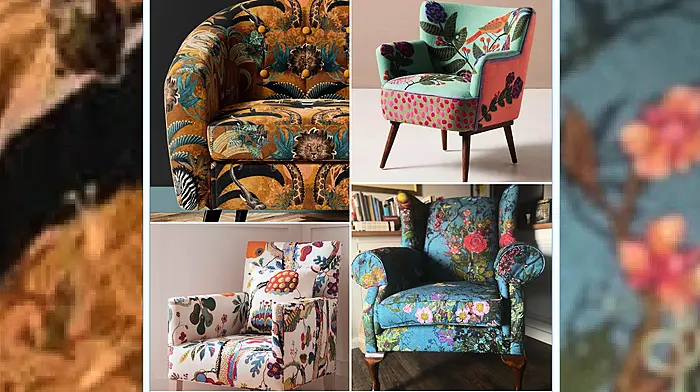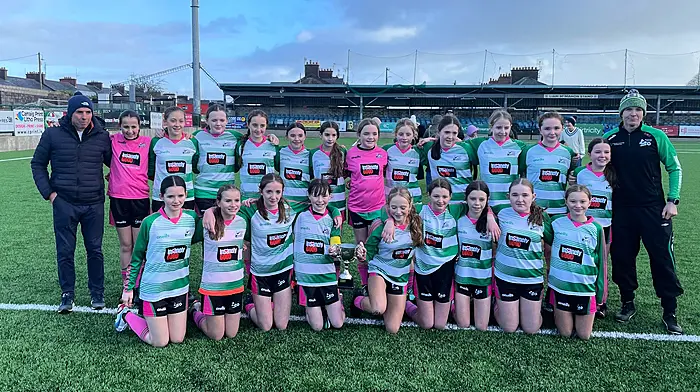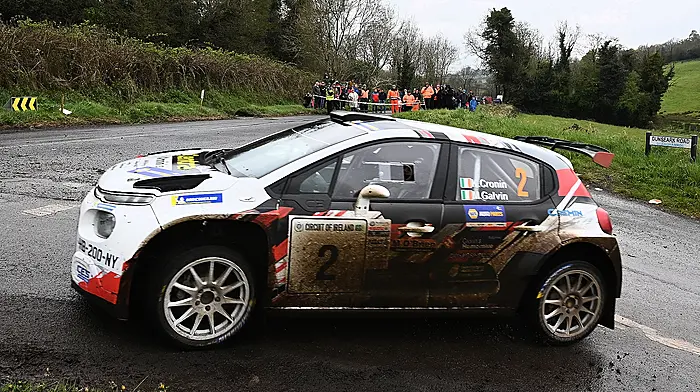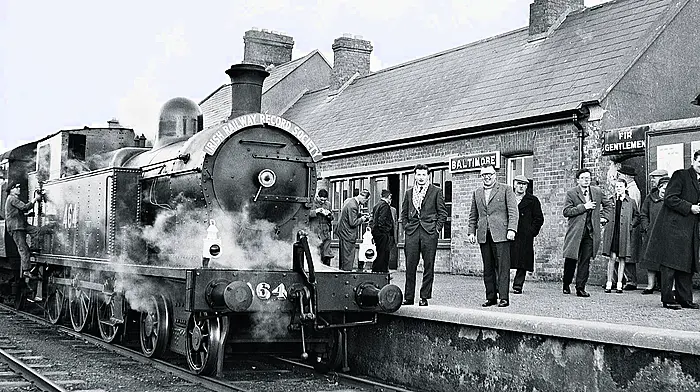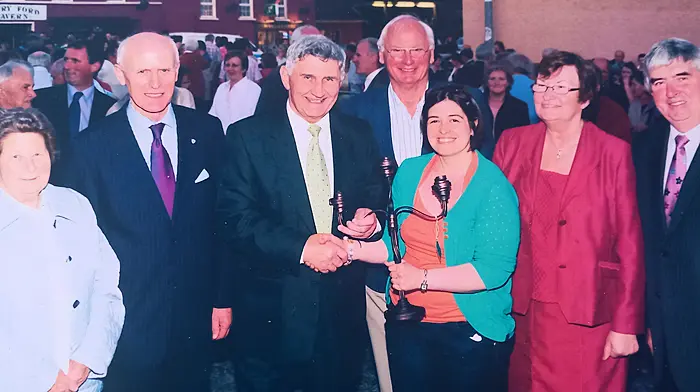BRIAN Hayes will ride in his fourth Grand National in a row this Saturday (4pm), as the eyes of the horseracing world focus on Aintree. Set to be on board Mr Incredible, the Rosscarbery jockey will be one of 34 taking part in the legendary four-mile two-furlong race that always captures the imagination.
Ahead of the show-stopping event, Hayes gives up a glimpse into a day in the life of a jockey riding in the most famous steeplechase race in the world.
SEÁN HOLLAND: Grand National day is almost here, talk us through your typical morning routine ahead of the big race.
BRIAN HAYES: By the time we arrive at the course on Saturday morning, all the horses have been in the stables in Aintree since Thursday. We stay in a hotel about 20 minutes away and get a taxi to the course. We go to the stable yard and get up on the horses that are running in the Grand National. There would be a gallop on the inside of the racecourse, so we would do a small little bit of exercise on the horses that are running that afternoon in the Grand National. After that we head into the weighing room where we have all our racing gear ready.
SEÁN HOLLAND: Do jockeys have a look at the course before riding?
BRIAN HAYES: A lot of us would go and walk the Grand National track. You either do that in the morning after riding out the horses or, if you don't have rides, you do it during the first couple of races. Everyone is different and has their own routine. Some lads would jog around the course, some lads would walk, some people might like to go with other people, some might go alone. It would be just familiarising yourself with the place again and making a plan from there.
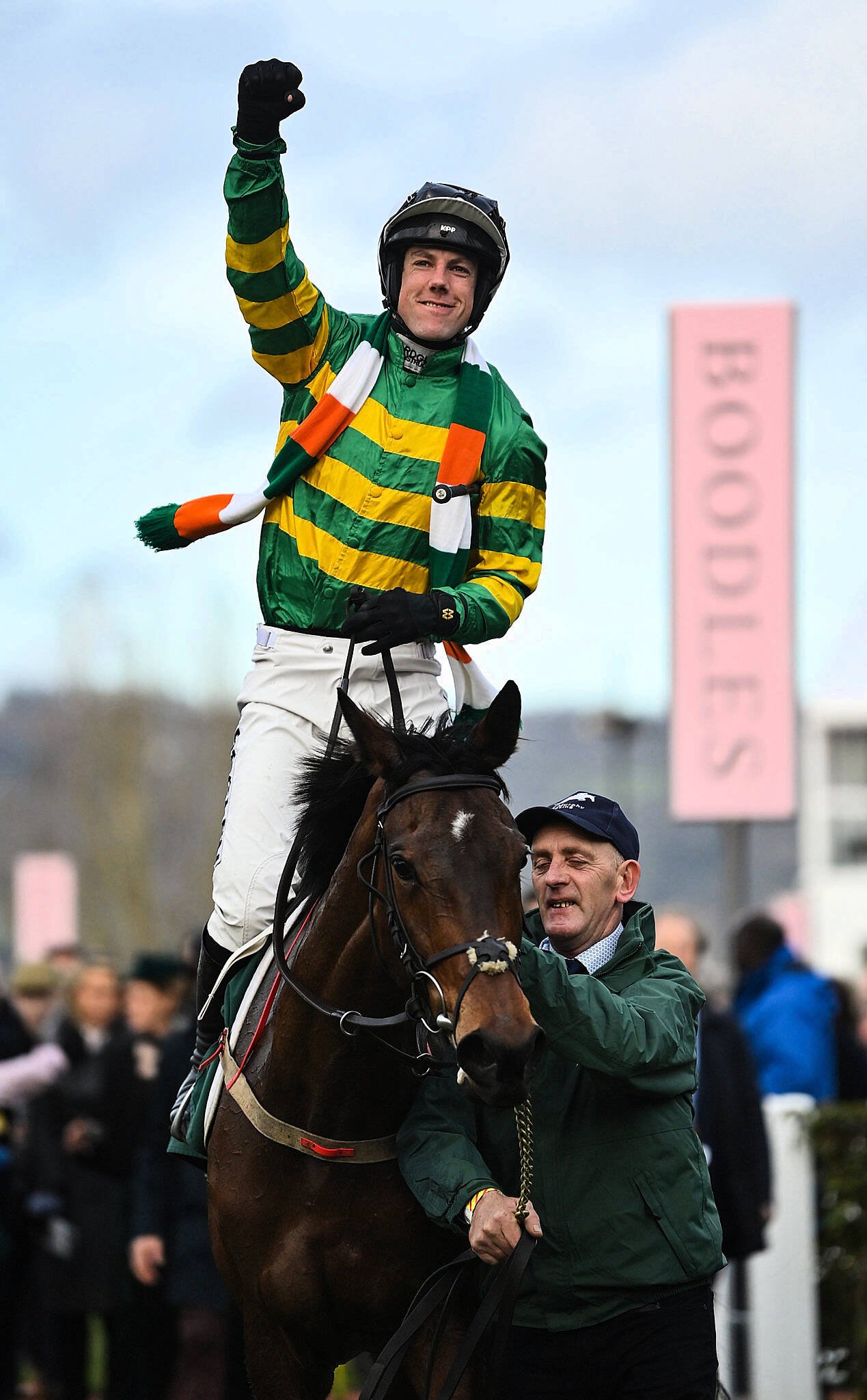 Will Rosscarbery jockey Brian Hayes be celebrating at Aintree on Saturday?
Will Rosscarbery jockey Brian Hayes be celebrating at Aintree on Saturday?
SEÁN HOLLAND: How does the day look if you’re riding in the race just before the Grand National?
BRIAN HAYES: You come in, get off the horse, get your saddle off the horse, weigh back in, and then throw your saddle on the table. Then the ‘valets’ look after us – they get your saddle ready for the next race. You change into the colours you'll be wearing in the national; they will be hanging up on our pegs. It’s like a football dressing room, we all have our place to change and the colours are hanging where we're sitting.
SEÁN HOLLAND: Would you notice in the weighing-room that there would be a bit more nervousness before the Grand National compared to other races?
BRIAN HAYES: There’s more of a build-up to this race, more attention, so jockeys are more on edge. The tension would be building as the race gets closer. Before we go, you hear over the intercom “jockeys, five minutes”. You get everything ready, get your colours tucked in, get everything ready to go. Before we go out, the stewards, which would be like the referees, would be just making sure everything is done right. They come in, particularly before this race, and give us advice because there's so much talk about this race now. It's under so much scrutiny from horse welfare; the entry has been reduced from 40 horses to 34, and the start is very important.
SEÁN HOLLAND: Heading out of the weighing-room, what’s next?
BRIAN HAYES: All of the jockeys have our photo taken; that's a famous tradition. It's a bit of a job to find your owners and trainers in the parade ring because there are so many people there; you’d have a little chat with them. From there, just get a leg up on the horse and you do a bit of a parade beforehand. It’s down to the start line and everyone gets their position at the start that they would like to be in. Maybe there are a couple of lads who would like to be in the same position, so there could be a bit of jostling early on. Everyone's trying to get a good start.
SEÁN HOLLAND: So do jockeys try to get out of the parade ring as fast as possible to have a good position at the start line?
BRIAN HAYES: This year is different for the start. We usually walk towards the starter, the starter presses a button, he lifts up the tape and then we go on from there. But this year it’s a standing start. That's for safety, just trying to get us to slow down. We'll be going a little bit slower down to the first jump because we'll be starting from a standing start. It's a fair enough start, a very long straight so everyone just wants a bit of room going out to the first three jumps. There will be lads who would rather be on the inside and lads who would rather have a bit of room depending on what you're riding, on your situation, and the plan that you have in your head. There will be a bit of jostling. The start is important even though it's a four-mile two-furlong race.
SEÁN HOLLAND: In terms of the fences, what are the most intimidating ones?
BRIAN HAYES: Becher’s Brook, Canal Turn, Valentine's Brook, The Chair, they're all famous fences. The drop off Becher’s Brook isn’t what it was before, they reduced the drop, just going back to safety again. But there are still some fine big fences out there. The Chair is a big fence; it measures five foot two in height and there's a five-foot wide take-off site as well. The course actually bottlenecks coming down to that, it gets quite tight when you're jumping The Chair so you would like to get a bit of room going into that.
 Rosscarbery jockey Brian Hayes.
Rosscarbery jockey Brian Hayes.
SEÁN HOLLAND: What’s the most important trait for a horse to have to win the Grand National?
BRIAN HAYES: Stamina is everything. I've ridden horses in the race that would stay three miles very well, but I’ve had to pull up on the Melling Road on them; the Melling Road is what you pass when there's still three or four furlongs left to go. That's where there's only a couple left in contention, and that's where you know how well you're going. I've often been going okay to that point, then just didn't get home. Just no more stamina.
SEÁN HOLLAND: Coming to the finish, based on your place in the race at the time, do you keep pushing on?
BRIAN HAYES: You’d have a sense after halfway, sometimes you'd say “I'm not going to win this race’, that I'm not going well enough. It might be a question of trying to get him to finish in the first ten, as long as the horse can stay going, because there's prize money all the way back for the first ten finishers.
SEÁN HOLLAND: When you finish the race, what's the process?
BRIAN HAYES: The vets are there to make sure every horse is okay and every horse returns safe and sound. A lot is going to depend on the ground – the softer the ground, the more stamina will come into it. At the moment, it looks like it could be soft – that would mean it will be more about stamina and probably less horses finishing. There are also fierce chats after the race. “How did you get on?” “How did you jump?” Even a fella that has finished tenth or 11th would still be on a high. You get such a buzz, more so than any other race. You could be chatting about the race for next week. It's that level of adrenaline that it gives you.




